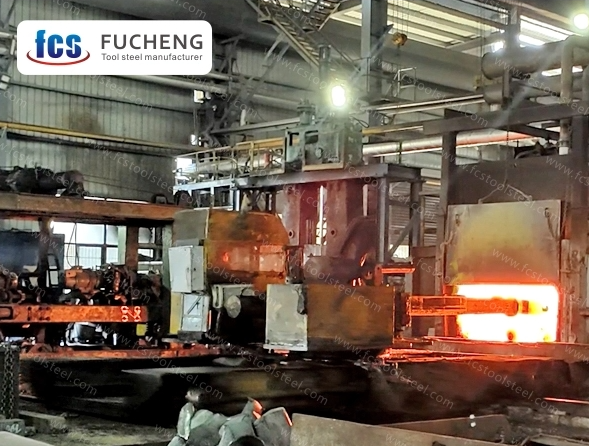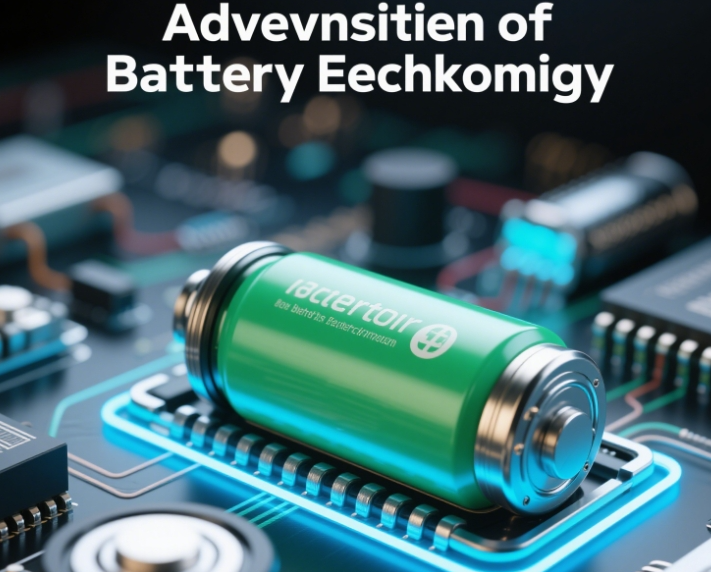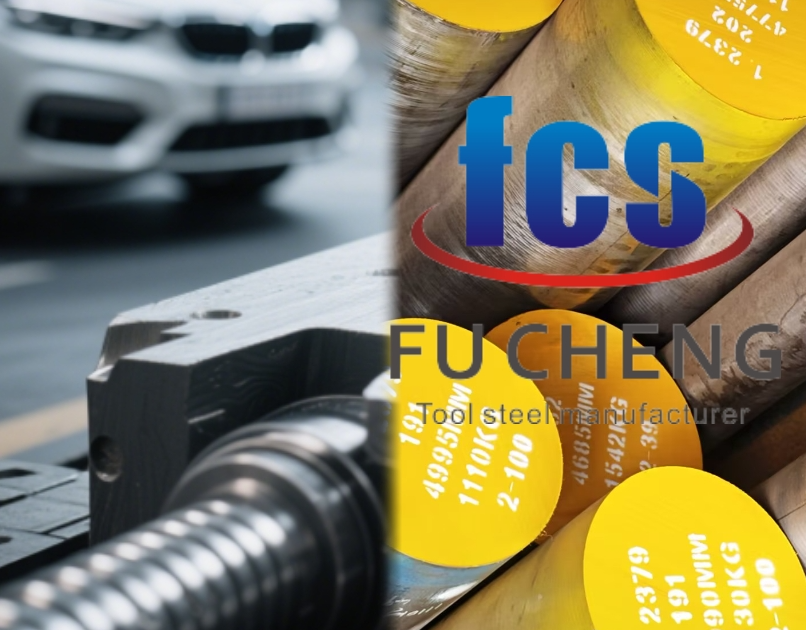Driven by global carbon neutrality goals and technological innovation, the rapid expansion of the new energy vehicle (NEV) industry has significantly increased the demand for high-performance materials such as tool steel. This alloy, known for its high hardness, wear resistance and thermal stability, plays an irreplaceable role in the manufacturing of key components for new energy vehicles. This article provides an in-depth look at the core factors driving this demand and their impact on the industry.
Capacity Expansion and Mold Manufacturing Needs
With China dominating the production and consumption of new energy vehicles. The global new energy vehicle market is experiencing explosive growth. And global sales are expected to exceed 16.5 million units by 2025. This large-scale development puts forward higher requirements for the mass production of body stamping, battery housing and structural parts molds – GAC, BYD and other car companies need durable molds to ensure efficiency and accuracy in mass production when expanding production lines. Tool steel’s ability to withstand high stresses during repeated stamping cycles makes it a core material for such applications, especially when dealing with complex surface forming and high-strength steel plate machining.
The Advancement of Battery Technology
The development of new battery systems, such as solid-state batteries, has set a higher standard for the accuracy of manufacturing processes. The solid electrolyte preparation and electrode lamination process requires special cutting tools and molds to ensure dimensional accuracy and thermal management. Companies such as GAC and SAIC plan to launch solid-state battery models after 2025, which will further stimulate the demand for high-end tool solutions. In addition, the machining of precision components of energy efficiency critical components such as battery management systems (BMS) and power inverters also relies on tool steel materials with high tolerance accuracy and long life.
The Processing Challenges of Lightweight and High-strength Parts
In order to improve driving range and energy efficiency, new energy vehicles are increasingly using lightweight materials such as high-strength steel and aluminum alloys. The Polkrypton 001’s coupe body design and the structural optimization of the Chevrolet electric vehicle require precision molds to form these materials while taking into account durability. The excellent wear resistance of tool steel not only extends the service life of the mold, but also ensures the consistency of parts in mass production, effectively reduces the downtime cost caused by mold loss, and becomes the key technical support to solve the problem of lightweight material processing.
Precision Requirements for Motor and Power Electronics Manufacturing
The electric drive system relies on precision components such as rotors, stators and cooling plates, and the core component, the main inverter, needs to operate efficiently under high heat loads, which puts strict requirements on heat-resistant molds and cutting tools. Japanese car companies such as Toyota and Honda have accelerated the process of electrification, and their motor production lines have set stricter standards for the performance indicators of tool steel, such as high-temperature hardness retention. Especially in high-speed motor machining, the fatigue resistance of tool steel directly affects the component accuracy, and then relates to the power output stability of the whole vehicle.
The trend of Precision of Intelligent Manufacturing and Sensor Integration
The popularity of autonomous driving and smart cabins has led to the demand for complex metal components such as lidar mounts and AI chip heat sinks. In the case of the Tesla Model Y, the high-precision stamping parts required for its advanced electronic system rely on tool steel molds to achieve micron machining accuracy. This trend is in line with the impact of the “charm attribute” on market competitiveness in Kano’s model – the realization of intelligent functions essentially depends on the precision process of the manufacturing process, and tool steel is the underlying material foundation to support this precision production.
Future Trends and Market Outlook
By 2025, the tool steel market for new energy vehicles is expected to grow at a rate of 15%-20%. And the demand for high-end alloys (such as high-carbon and high-chromium type, high-speed tool steel) will be significantly improved due to the upgrading demand for wear resistance and thermal stability. The rise of hydrogen fuel cell technology may expand the application scenarios of tool steel, and the requirements for corrosion resistance in component processing will drive innovation in material formulations. The deepening of cross-industry cooperation between GAC and Huawei will promote production process innovation and further highlight the strategic value of tool steel in advanced manufacturing.
Expert Opinion:
“From my perspective, how new tool steels are used in making New Energy Vehicles (NEVs) is a major turning point for the car industry. I see this isn’t just about needing more materials. The kinds of materials required are changing drastically. In my view, current tool steels are reaching their limits. This forces us to find new ways to work with metals.
In my research, I’ve found that tool steels with high vanadium and added cobalt work very well for making EV battery parts. My findings show they can last up to 40% longer than standard types. I believe for manufacturers, choosing materials is more than just a technical choice. It’s how they can get ahead of competitors.
I recommend that manufacturers invest in these better tool steels now. Doing so will give them major production benefits as the EV market grows. Based on my experience, shaping strong materials to make vehicles lighter is very difficult. Keeping exact shapes when making large numbers is a huge challenge. This shows why new ideas in metal science are key. They are quietly making the big change to electric cars possible.”
———— Dr. Michael Zhang , Chief Metallurgist at Advanced Materials Institute and former R&D Director at ThyssenKrupp with over 20 years of experience in high-performance alloy development
Conclusion
The growth of the new energy vehicle market, technological progress and the interweaving of sustainable development goals have made tool steel an important cornerstone of industrial development. Manufacturers that focus on high-performance tool solutions will have an edge in the race to meet the demanding requirements of the next generation of vehicles. For industry participants, increasing investment in research and development of high-end tool steel and establishing deep cooperation with material suppliers is the key to grasp this booming market opportunity.





